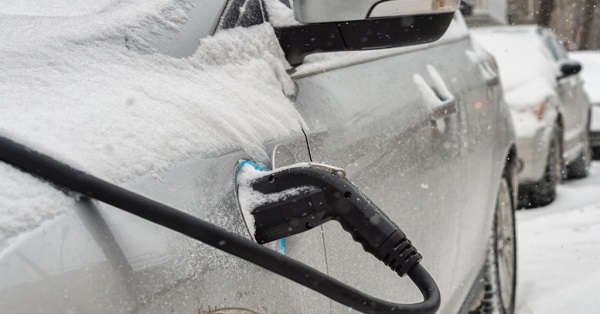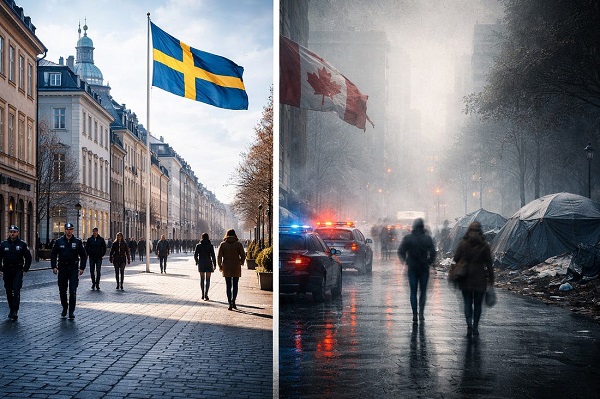Lawmakers put federal agencies on notice after end to Chevron deference
A coalition of lawmakers are putting federal agencies on notice after the U.S. Supreme Court ruling that overturned “Chevron deference” and as a result, significantly limited their power.
House Oversight Chair James Comer, R-Ky., has helped lead the effort, but the relevant committee chairs with oversight of the federal government, have signed on to similar letters.
“This long-needed reversal should stem the vast tide of federal agencies’ overreach,” Comer said in his letters to the federal government. “Given the Biden administration’s track record, however, I am compelled to underscore the implications of Loper Bright and remind you of the limitations it has set on your authority.”
The push comes on the heels of the Supreme Court overturning part of Loper Bright Enterprises v. Raimondo and thereby putting an end to “Chevron deference,” a previous legal policy that gave broad license to federal bureaucrats to interpret and enforce laws passed by Congress as they saw fit.
In that vein, House lawmakers held a hearing Wednesday for oversight of the Environmental Protection Agency, the first in what is likely a new era of EPA oversight after the major Supreme Court ruling.
President Joe Biden’s EPA has pushed out a few particularly aggressive regulations that have drawn pushback.
Among those are WOTUS, an Obama-era rule that classified even tiny bodies of water as under federal jurisdiction.
More recently, the EPA’s tailpipe emissions standards are under fire, mainly because they will likely force a nationwide transition from gas to hybrid or electric vehicles in just a few years.
“EPA’s largest regulations, such as the tailpipe emissions rules for light-, medium- and heavy-duty vehicles, have been estimated to cost nearly $900 billion to implement,” Comer said at the hearing Wednesday. “Those rules require automakers to completely redesign their operations to produce more electric vehicles – regardless of what consumers are demanding in the actual marketplace.”
Now, that era has likely come to an end.
“The Supreme Court decision has put policy making back into the hands of the Congress where it belongs, and unelected bureaucrats can no longer weaponize their authority to enact their own personal agenda,” Daniel Turner, executive director of the energy workers advocacy group, Power the Future, told The Center Square. “Industry for decades has been chocked by ever-changing regulations with penalties and fines and even criminal prosecution, all whims of the bureaucrat in charge. The American people are sick and tired of big government, and agencies like the EPA are back under the purview of the Congress and not some green billionaire whose think tank feeds the Administrator’s team with propaganda and lies.”
But the EPA is just one of many agencies facing a Congressional effort to undo years of federal rulemaking.
Comer noted that he has also joined lawmakers in sending letters to an array of agencies that face a similar review, including:
- AmeriCorps
- Board of Governors of the Federal Reserve System
- Consumer Financial Protection Bureau
- Council on Environmental Quality
- Department of Agriculture
- Department of Commerce
- Department of Education
- Department of Energy
- Department of the Interior
- Department of Health and Human Services
- Department of Homeland Security
- Department of Labor
- Department of State
- Department of Transportation
- Department of the Treasury
- Department of Veterans Affairs
- Environmental Protection Agency
- Equal Employment Opportunity Commission
- Federal Deposit Insurance Corporation
- National Credit Union Administration
- National Labor Relations Board
- Office of the Comptroller of the Currency
- Office of the United States Trade Representative
- Securities and Exchange Commission
- Small Business Administration
- Social Security Administration

















